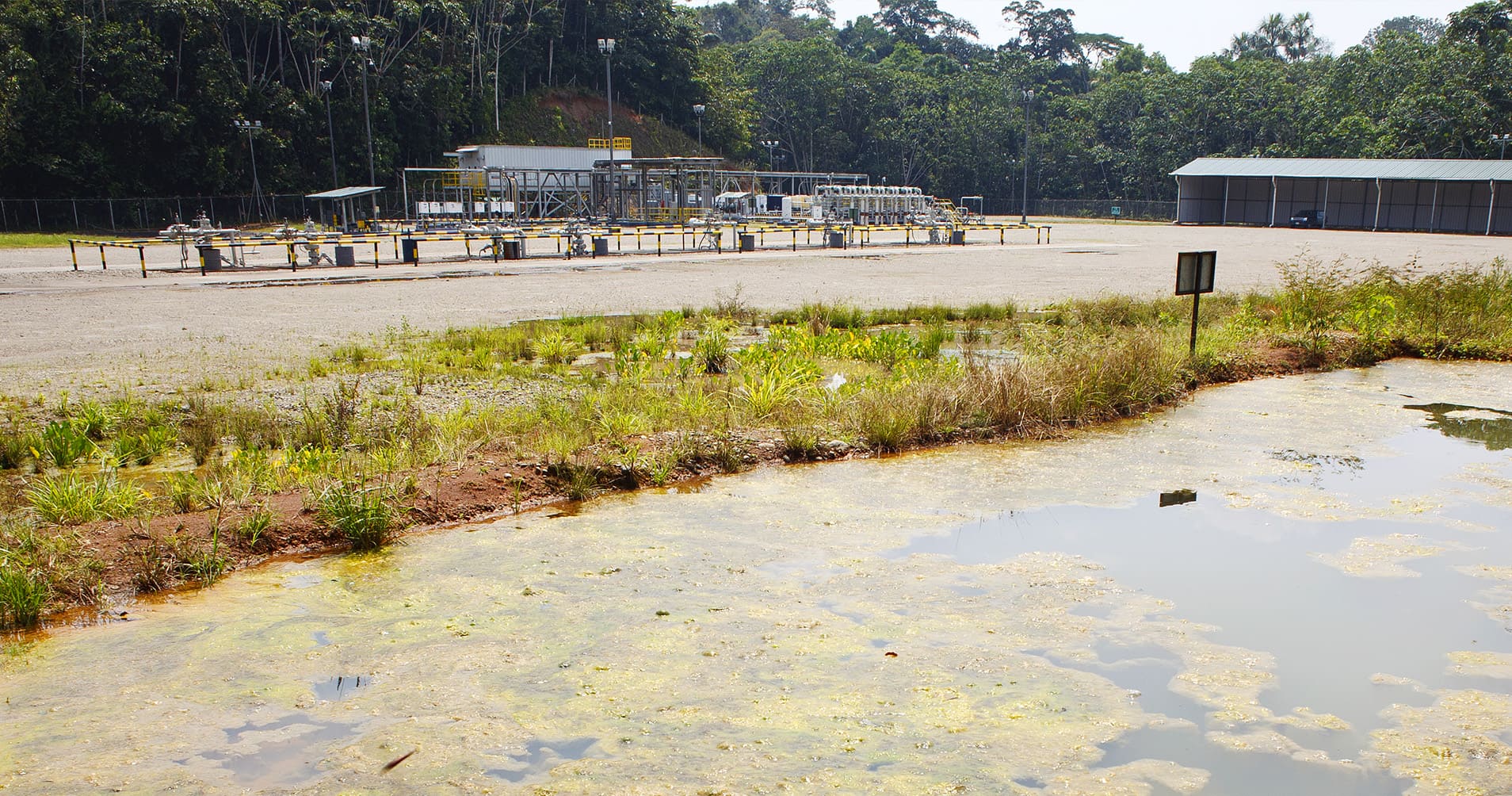Hyundai Motorstudio Senayan Park
Hyundai Motorstudio Senayan Park
Newsroom
The official news from Hyundai Motorstudio Senayan Park and a collection of innovative articles on mobility and sustainability here.
-
Bioremediation: Advanced Solutions for Water Pollution
- Hyundai Motorstudio Senayan Park Senayan Park 2024.05.03
-
Water is the source of life. However, industrial waste, oil spills, plastic waste, and other pollutants diminish the beauty of water and pose a threat to human health and environmental sustainability. Let's learn about the dangers of polluted water and bioremediation as an environmentally friendly solution that can help reduce water pollution.
The Dangers of Water Pollution for Life and the Environment
- Threat of Deadly Diseases
Water pollution has the potential to cause diseases such as cholera, dysentery, typhoid, and metal poisoning. When water is polluted, it carries harmful germs that can easily spread through consumption and direct contact. Apart from these diseases, children who are exposed to polluted water are at risk of developing physical and mental growth disorders.
2. Ecological Extinction
Water pollution has devastating effects on aquatic plants and animals, leading to the collapse of food webs and disruption of the ecosystem's balance. Severe pollution can cause permanent damage to water ecosystems, which can lead to the extinction of fish populations and other marine species.
3. Natural Disasters
Water pollution, caused by solid waste and sludge, can lead to sedimentation in rivers and lakes. This sedimentation narrows the flow of water and increases the risk of flooding during heavy rain. Groundwater pollution can also reduce clean water sources, leading to droughts and water crises in various regions.
However, there is one solution to avoid the various risks of water pollution is bioremediation, which offers an environmentally friendly approach.
What Is Bioremediation?
Bioremediation is a process that involves an "army" of microorganisms like bacteria, fungi, and algae to clean polluted water. These microorganisms break down harmful pollutants and transform them into harmless or even beneficial substances for the environment.
Biodegradation and Biotransformation Processes
Bioremediation involves two primary processes, namely biodegradation and biotransformation. Biodegradation is the process of breaking down pollutants into simpler compounds, such as water and carbon dioxide. Biotransformation, on the other hand, is the process of altering the chemical structure of pollutants to form harmless compounds.
Types of Bioremediation
The process of bioremediation can be carried out in two main ways:
- In situ bioremediation: The process is carried out at the pollution site without moving contaminated water.
- Ex-situ bioremediation: The process is carried out elsewhere by moving contaminated water to a special place for processing.
Advantages and Challenges of Bioremediation
Bioremediation has many advantages over other methods because it is more environmentally friendly and cost-effective in the long term. This process is also effective in helping restore polluted waters and improving water quality.
Implementing bioremediation poses several challenges. Below are some of the challenges:
- Time: The bioremediation process can take a long time, depending on the type of pollutant and environmental conditions.
- Environmental conditions: Factors such as pH, temperature, and oxygen can affect the effectiveness of bioremediation.
- Skills: Special skills are required to select the right microorganisms and design effective bioremediation systems.
Application of Bioremediation for Polluted Water
Have you ever wondered how bioremediation works? Let's say there's a water source that's contaminated with hazardous substances like pesticides and household waste. Bioremediation involves using specific microorganisms to break down these harmful substances by adding them to the polluted water source.
To provide a better understanding, here are some examples of how the bioremediation process can be applied to different types of pollutants:
- Pesticides: Rhizobium and Sphingomonas paucimobilis bacteria can decompose organophosphate and carbamate pesticides into harmless compounds.
- Household waste: Microorganisms such as Escherichia coli and Enterococcus faecalis bacteria can decompose organic materials in household waste, such as feces and food scraps.
- Detergent: Pseudomonas aeruginosa and Acinetobacter calcoaceticus bacteria can degrade detergent into more environmentally friendly compounds.
Although bioremediation is still in the development stage, bioremediation holds immense potential as an efficient and eco-friendly solution to environmental challenges. With continued innovation and collaboration, we can effectively harness its power to safeguard the earth and ensure a sustainable future for generations to come.




